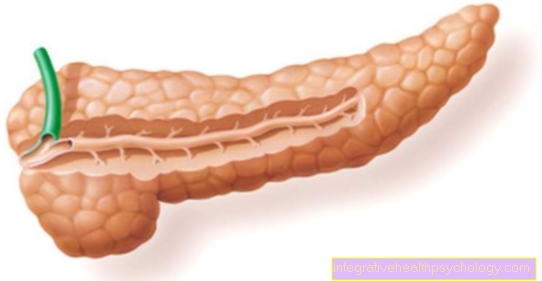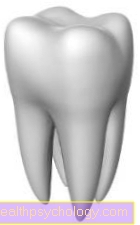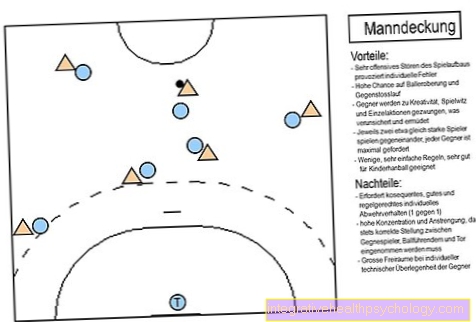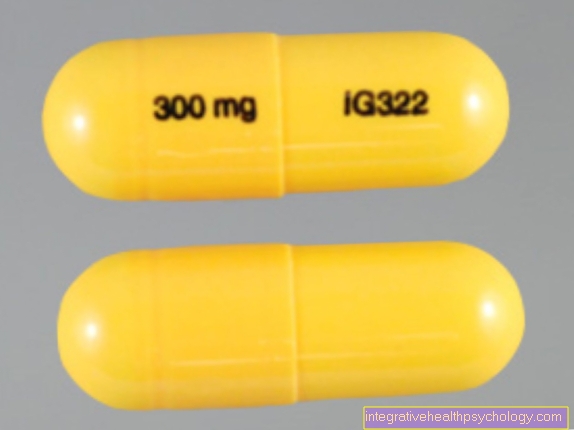Angiotensin-2 antagonists
Synonyms in a broader sense
Angiotensin receptor blockers, sartans
English:
antagonists of angiotensin 2
definition
Angiotensin is a hormone that constricts blood vessels and causes blood pressure to rise. It is part of the finely tuned system for regulating blood pressure, the renin-angiotensin system.
Angiotensin-2 antagonists have an opposite effect to angiotensin:
The active ingredients of this drug group displace the angiotensin at its site of action, so that the hormone cannot develop its effect in the form of vasoconstriction; consequently, the vessels expand.
The drugs also reduce the release of aldosterone, a hormone that increases blood pressure. The lower amount of aldosterone reduces blood pressure.
The angiotensin-2 antagonists are used in the treatment of high blood pressure.
The renin-angiotensin-aldosterone system
The renin-angiotensin system, abbreviated RAAS, is used to regulate blood pressure by producing certain hormones.
If the blood pressure drops or the blood volume decreases, the system reacts by releasing renin into the blood. Renin is a protein that activates the hormone angiotensinogen. The activated angiotensinogen is then called angiotensin 1.
A protein called ACE (Angiotensin Converting Enzyme) acts on this hormone, which creates the hormone angiotensin 2.
Angiotensin 2 generally activates the stress-relieving nervous system, which in turn leads to blood vessel constriction and an increase in blood pressure. Irrespective of the nervous system, the hormone leads to a constriction directly in the vessels, which also leads to an increase in blood pressure. In addition, more aldosterone is released into the bloodstream. Due to the aldosterone, the body holds back more sodium and thus more water, the blood volume and blood pressure rise.
How do the angiotensin-2 antagonists work?
The angiotensin 2 receptor antagonists intervene in this finely tuned system of blood pressure control by suppressing the effect of the angiotensin 2 formed. This reduces the influence of the stress-mediating nervous system, the vessels widen and the blood pressure falls. The lower amount of aldosterone supports the effect of lowering blood pressure.
When are angiotensin-2 antagonists prescribed?
The angiotensin-2 antagonists are used in the presence of high blood pressure (hypertension) and with impaired functionality of the heart (Heart failure) recommended.
This group of drugs is often used at Used in high blood pressure patients with kidney disease and diabetics with kidney damage, because the angiotensin-2 antagonists prevent the rapid progress of kidney disease and reduce the excretion of proteins.
It comes with a therapy ACE inhibitors, another group of antihypertensive drugs, to the typical ACE inhibitor side effect of dry cough, preparations of the angiotensin-2 antagonist group can be prescribed as an alternative. The angiotensin-2 antagonists cause a dry cough much less often.
The group of angiotensin-2 antagonists
Angiotensin-2 antagonists are also known as sartans, as all active ingredient names end in "-sartans".
- Candesartan, e.g. Atacand®, Blopress®
- Eprosartan, e.g. Emestar Mono®, Teveten Mono®
- Irbesartan, e.g. Aprovel®, Karvea®
- Losartan, e.g. Lorzaar®
- Olmesartan, e.g. Olmetec®, Votum®
- Telmisartan, Kinzal mono®, Micardis®
- Valsartan, Cordinate®, Diovan®, Provas®
The column “Name of the preparation” contains the names of the pharmaceutical companies for their drugs with a special active ingredient from the group of angiotensin-2 antagonists.
What are the side effects of angiotensin-2 antagonists?
The side effect of angiotensin-2 antagonists is an increase in potassium, a blood salt. The administration of angiotensin-2 antagonists may lead to dizziness. A rare side effect is a dry cough.
With this group of drugs, it must be noted that there may be a sharp drop in blood pressure at the start of therapy, so that a low dosage should be selected first.
What are counter-signs? When should angiotensin-2 antagonists not be taken?
Medicines with this mechanism of action are allowed Pregnant women, Patients with narrowing of the renal arteries or severe liver damage cannot be used.
Is the patient receiving potassium or taking a drug that retains potassium in the body such as certain Dehydration drugs (Diuretics), angiotensin-2 antagonists should not be prescribed.
Patients with narrowing of the renal artery (Renal artery stenosis), Patients with only one kidney, those with liver dysfunction, one Valvular heart disease or an enlargement of the heart chambers should not take angiotensin-2 antagonists.
This group of drugs should also not be used if the volume in the vascular system is reduced or the potassium level in the blood increases before treatment begins.
The long-term experience with angiotensin-2 antagonists is limited, but there are good long-term data on the ACE inhibitors. The use of angiotensin-2 antagonists has therefore so far been recommended if there are side effects or intolerance to ACE inhibitors.





























